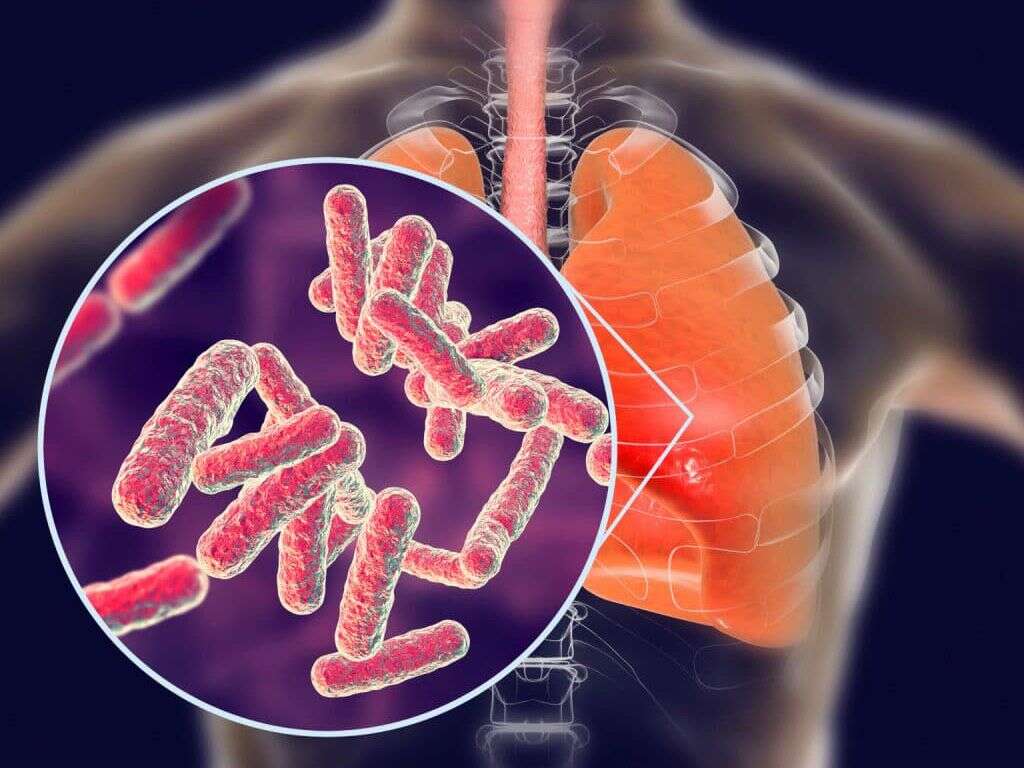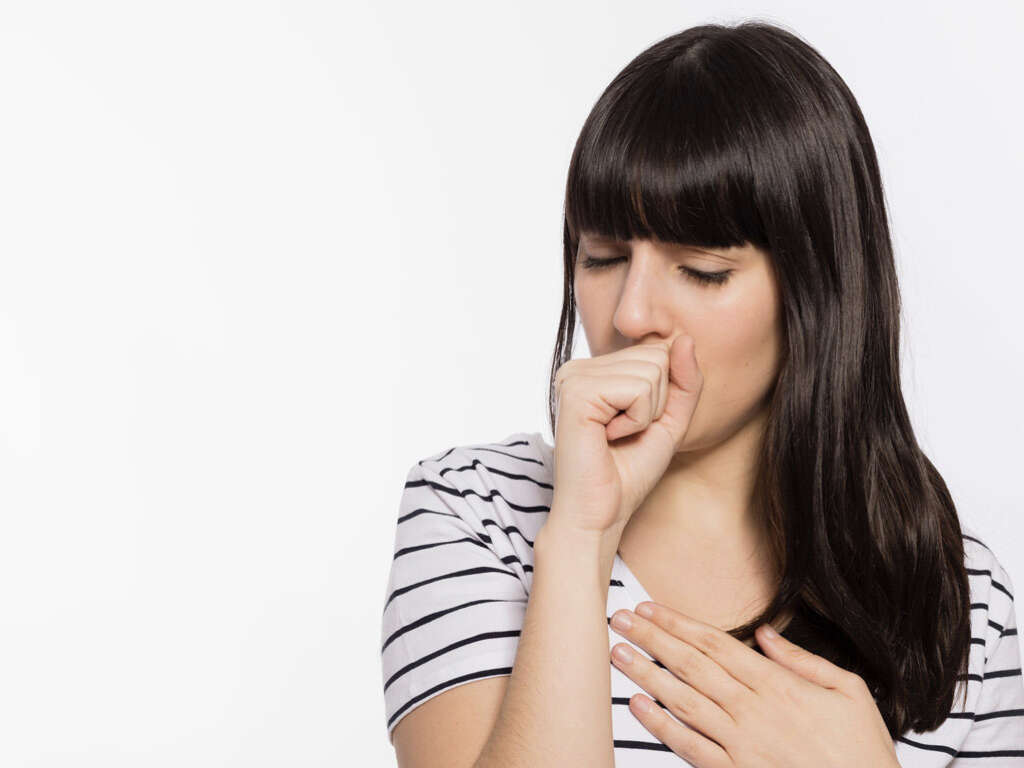What Is Tuberculosis (TB)?
Tuberculosis is a serious illness that kills approximately 1.5 million people across the globe annually. While the disease had been almost nonexistent for decades in developed countries, cases began to rise again in the mid-1980s with the spread of HIV. By the mid-‘90s, incidents began to drop again due to treatment protocols, but TB is still a concern.
The infection typically strikes the lungs, though it can attack other parts of the body as well. Not everyone who contracts tuberculosis gets sick from it. That said, on a global scale, it is the leading cause of death from an infectious disease.
-06.jpg)
1. What Causes TB?
Tuberculosis is caused by the bacterium Mycobacterium tuberculosis. The infection is contagious and spreads from person to person. It can be transmitted through droplets or aerosols. When infected people talk, cough, sing, sneeze, yell or breathe, they can spread the disease to those nearby who breathe in the air or droplets containing bacteria.
When a person breathes in enough M. tuberculosis, the bacteria can travel to and settle in the throat and lungs, which eventually leads to TB. The illness is not spread through direct contact, so you cannot get it from shaking hands, sharing your food or drink, kissing or touching an infected person.
-01.jpg)
2. Who Is at Risk?
While it is possible for anyone to get TB, there are risk factors that increase a person’s chances. Where you live and work is a factor. Those who reside in high-incidence areas and those who work in health care or a residential care facility are more vulnerable than others. If you travel to regions where the illness is more prevalent, such as Eastern Europe or Russia, you are at higher risk.
Those with weakened immune systems are more susceptible to contracting tuberculosis. HIV, certain cancers and cancer treatments, being young or aged, malnutrition and some drugs can lead to depressed immunity. This, in turn, reduces the body’s ability to fight off the bacteria that cause TB. At risk, too, are those who lack access to medical care, as well as those who abuse substances or smoke.
-02.jpg)
3. What Are the Symptoms?
Tuberculosis is most likely to grow and spread in the lungs. When the infection occurs, symptoms can appear within a few weeks of exposure, though it can also take years. The dominant signs are pain in the chest, a persistent cough that lasts longer than three weeks and expelling sputum or blood when coughing.
Several other symptoms are possible as well. An infected individual may experience unintended weight loss and low appetite, as well as fatigue and weakness. In addition, there is the potential for night sweats, fevers and chills. When TB occurs in areas other than the lungs, the symptoms depend on the location of the infection.
-03.jpg)
4. What Is Latent TB?
It is not uncommon for an individual to contract TB but not get sick. The bacteria live in the body, but some people’s immune systems are able to fight it off well enough to prevent tuberculosis from developing. This is called latent TB; people who have it do not have symptoms and cannot spread the disease to others, but they often do have positive test results.
Some of those who have the latent condition and do not get treated for it can later develop full tuberculosis disease. This is the reason for the onset of symptoms sometimes years after exposure to M. tuberculosis. Once people get the disease, they can spread it to others. Many who have latent TB never progress to the disease.
-04.jpg)
5. Are There Possible Complications?
Tuberculosis can lead to complications, particularly if left untreated. The infection typically resides in the lungs; however, if an individual has an active case of TB and does not get treated, it can spread to other parts of the body, resulting in meningitis, joint damage and spinal pain.
Rarely, the bacteria spread to the heart, causing inflammation and fluid buildup in the surrounding tissues, which can potentially be fatal. When the bacteria settle in the kidneys, the functioning of this vital organ can be impaired. Active TB that is not treated can be deadly.
-05.jpg)
6. How Is TB Diagnosed?
Two types of tests are used to determine whether a person has been infected with TB: a skin test and a blood test. A positive result for either of those only indicates that bacteria are present. The results do not reveal whether the person has active or latent TB.
To determine if someone has active tuberculosis, it is necessary to test sputum and take a chest X-ray. In addition, the doctor assesses the patient’s symptoms. A diagnosis of TB disease is made when test results and physical evaluation indicate active tuberculosis.
-06.jpg)
7. How is TB Treated?
It is imperative for those with active TB to get treatment. Currently in the U.S. 10 drugs have been FDA-approved for tuberculosis. It takes between six and nine months to complete treatment. Curing the disease requires a strict adherence to the prescribed course of medication.
To prevent the disease’s recurrence and to stop the spread to others, it is necessary to finish the entire course of medication. Furthermore, it is important to follow the directions precisely. Not doing so can lead to the survival of some of the bacteria.
-07.jpg)
8. How Drug-Resistant Is TB?
When some of the bacteria survive treatment, strains can become resistant to the particular drugs used. This is happening with strains of Mycobacterium tuberculosis. TB that is caused by strands of the bacteria resistant to the two most potent drugs — isoniazid and rifampin — is called multidrug-resistant TB.
There are rare instances when a person is infected with bacteria resistant to both of the aforementioned drugs along with fluoroquinolone and at least one second-line drug. This is known as extensively drug-resistant TB. A person with this form has few treatment options available.
-08.jpg)
9. Are Vaccines Effective?
Vaccinations are generally not recommended in the United States because the prevalence of the disease is still relatively low. Furthermore, the vaccines are not very effective in adults. At-risk children can benefit from the bacillus Calmette-Guerin vaccine.
Children living in or traveling to high-risk countries may benefit from receiving BCG. It doesn’t necessarily guarantee they won’t contract the disease, however, because it doesn’t protect against all strains. There are several potential vaccinations in various stages of development and testing.
-09.jpg)
10. Can TB Be Prevented?
Within the U.S., tuberculosis is a relatively rare occurrence. Those at greatest risk are people who have suppressed immune systems. These individuals should take care to avoid contact with anyone who may have been exposed to M. tuberculosis.
If you have either latent or active TB, follow the treatment course prescribed by your doctor. This prevents the spread of the disease to others and prevents further development of drug-resistant strains.
-10.jpg)








